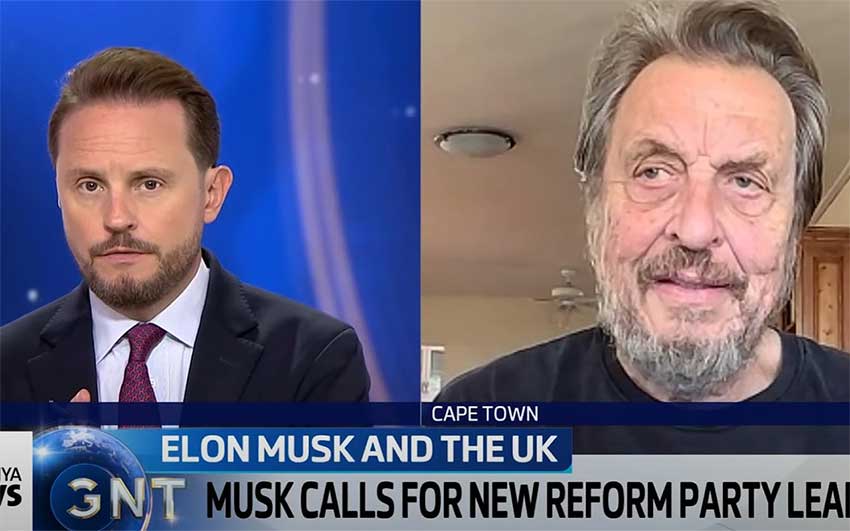Shaktikanta Das has had an exemplary tenure with the RBI and steered the central bank deftly through rough weather using innovative measures. This has been acknowledged at the global level where he was conferred the top central banker award by Global Finance for two successive years. As he demits office, his achievements as Governor can serve as a template for any central banker.
First, he has fostered perfect synchronization with the Finance Ministry. Today the lines between fiscal and monetary authorities are blurred. It has been a joint effort to take the economy to higher levels, which was in evidence during Covid when the banking sector did the heavy lifting for promoting growth while the government focused on providing direct relief to the poor.
Crises galore
Second, several crises afflicted the country during his tenure. Covid was one which needed a different kind of response and the RBI worked tirelessly to ensure that banking operations were uninterrupted.
The Ukraine war brought about a different kind of response where the RBI tightened the strings by raising the repo rate to control inflation.
Third, while the seeds for reviving the banking sector were sown before Das took over, he ensured that the entire banking system emerged stronger and resilient with the PSBs turning around and contributing to the exchequer.
An exit route was carved out for some failed banks while timely intervention prevented the NBFC contagion from spreading. This done, the regulatory system is now ahead of the curve and periodic conversations and interventions with shaky NBFCs and MFIs have ensured prompt corrective action.
Fourth, there have been a plethora of innovations in the financial space with the launch of new systems and products. India can take pride in having the first pilot for CBDC. The UPI idea which came before his time, has been fully implemented and used widely for payments. Now a unified lending interface (ULI) is being created on similar lines.
Fifth, in his regime the policy formulation process became more consultative, with policies based on discussions with stakeholders. Comments and feedback are sought through a draft report and the final policy is cognizant of all the concerns of the market participants.
This ensures that the shock element is eschewed. More recently the RBI’s moves on increasing the LCR (liquidity coverage ratio) or introducing the ECL framework (expected credit loss) has followed a similar procedure.
Speaking to the market
Sixth, one of the singular successes of his tenure has been his constant ‘speaking to the market’. Apart from specific discussions on banking issues, the Governor and Deputy Governors have presented their views in various seminars and conferences.
Seventh, the quality of research from the economics desk has reached new heights in the last six years. While the quality was always good, the subjects covered as well as the level of simplicity has made it more accessible to lay persons. The researchers have had the freedom to express their views; and the reports have added to the wealth of knowledge that resides with the central bank. The monthly economic report for instance gives in-depth views on just about everything on the economy, which can be further analysed by the market.
Eighth is the proactive nature of policies in the area of regulation. Rather than waiting for a problem to erupt, the RBI took proactive action when it sensed a possible problem. Here, the higher capital weights on unsecured lending are an example of how the central bank has been ensuring orderly growth of the financial system.
Ninth, the handling of the exchange rate has been cogent, minimising volatility. This was essential given that the rupee was being driven more by external factors such as the strong dollar rather than fundamentals, which required action from the RBI. This has ensured equilibrium in the market.
Last, the conduct of monetary policy has now been firmly established with the MPC taking decisions after being established in 2016. This has avoided controversy on the ‘RBI view’ as this is a decision taken by six experts — three from outside the bank.
Das deserves a round of applause for his achievements.
The writer is Chief Economist, Bank of Baroda. Views expressed are personal








Leave a Comment